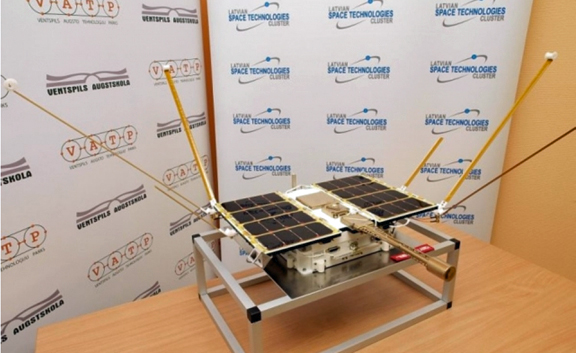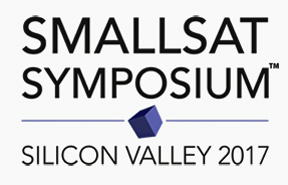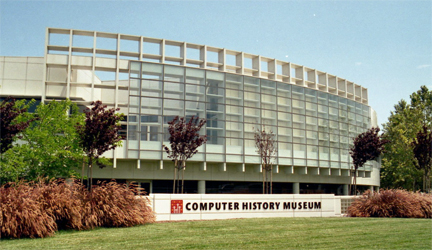In a published story from The Baltic Times, the launch of Latvia’s first satellite Venta-1 into orbit that had been planned for this month is now delayed, said Aigars Krauze, a researcher at Ventspils University College and a coordinator of the Venta-1 project.
The plan was for Venta-1 to be placed into orbit by the PSLV C34 launch vehicle of the Indian Space Research Organisation (ISRO), along with 21 satellites from other countries—this launch would have been the highest number of satellites ever launched by the ISRO in a single mission.

However, the plan to launch the record-high number of satellites also incurred increased safety risks. Therefore, a decision was made that Latvia’s Venta-1 and Italy’s Max Valier will not be launched by PSLV C34, which is to take off on June 20. Instead, those two satellites will be launched during one of the next flights of the launch vehicle.
Krauze said both satellites were developed by students and their launch had been arranged by the same German partners with the plan being to hook the two satellites to one another and to then launch them together. The Latvian and Italian satellites would separate only when in space. However, analysis by the Indian partners suggested that this arrangement would increase the risks of collision and, as a result, the launch of Venta-1 and Max Valier is now delayed.
After lengthy preparations, Ventspils University College and Bremen University of Applied Sciences in late 2015 signed an agreement on launching Latvian smallsat Venta-1 into orbit.
Venta-1 will circle the Earth in an orbit crossing Latvian territory, which will allow command signals to be sent and data to be received when the satellite is above the country. Communications with Venta-1 will be handled from a command centre situated at a Ventspils University College building in the northwestern Latvian city of Ventspils. The satellite was developed by Ventspils University College in co-operation with Ventspils High Technology Park and Bremen University of Applied Sciences.
Satisfy Your Appetites For Smallsat Knowledge
Attend The SmallSat Symposium—Silicon Valley 2017
Computer History Museum, Mountain View, California


The Computer History Museum in Mountain View, California.
Keynote Speaker
The State of the Small Satellite Industry
Financing Small Satellite Operations
Launch Provider Roundtable – Efficiency, Risk & Trends
Lunch
Ground Systems Economics Architecture
Pricing and Marketing SmallSat Services
Cost Savings in Small Satellite Alternatives
Day 2 — Wednesday February 8th, 2017
Keynote Speaker
Professor Sir Martin Sweeting, Founder and Executive Chairman, Surrey Satellite Technology Ltd.
Sir Martin has a BSc in electronics and PhD in radio engineering from the University of Surrey (UK) and is the founder and Executive Chairman of Surrey Satellite Technology Ltd. (SSTL). Following two experimental ‘microsatellites’ built by his research team at the University of Surrey and launched in 1981 & 1984, he pioneered rapid-response, low-cost and highly-capable small satellites utilising modern consumer electronics to ‘change the economics of space’ and has established the UK at the forefront of this new field.
Sir Martin also chairs the Surrey Space Centre comprising around 100 researchers investigating advanced small satellite concepts and techniques and which acts as the research laboratory for SSTL – an exemplar of real academic-commercial synergy. The SSC collaborated with SSTL on the world’s first ‘smartphone’ nanosatellite, STRaND-1, launched in February 2013 and launched a research nano-satellite for orbital debris mitigation in 2015. Full Bio
Small Satellite Constellation Dynamics
Earth Observation
Securing Capital In New Small Satellite Ventures
Traditional Large Integrators—What is their Role in the SmallSat Industry?
Next Generation Technology
Networking & Refreshment Break
Defense and Government Applications

